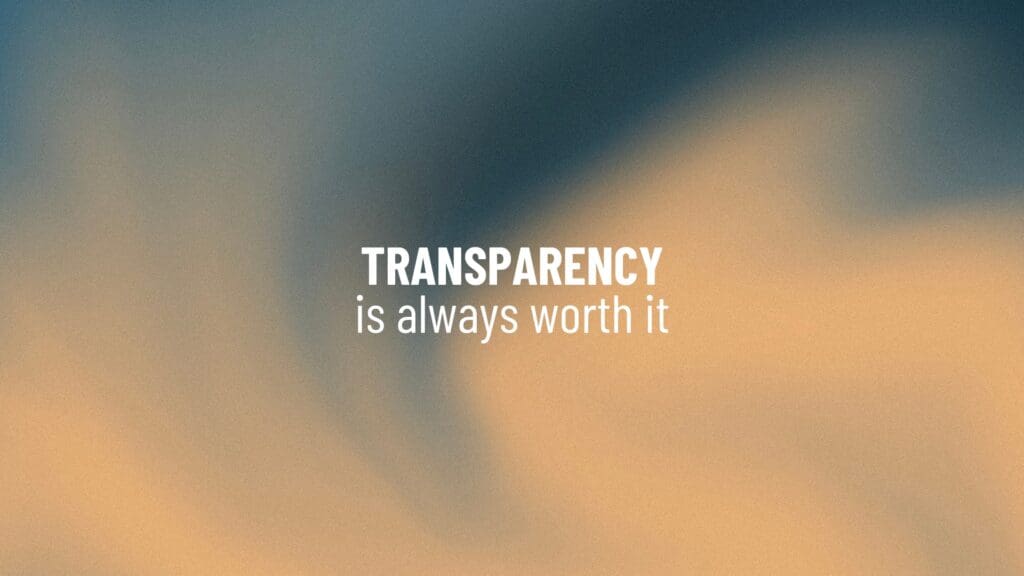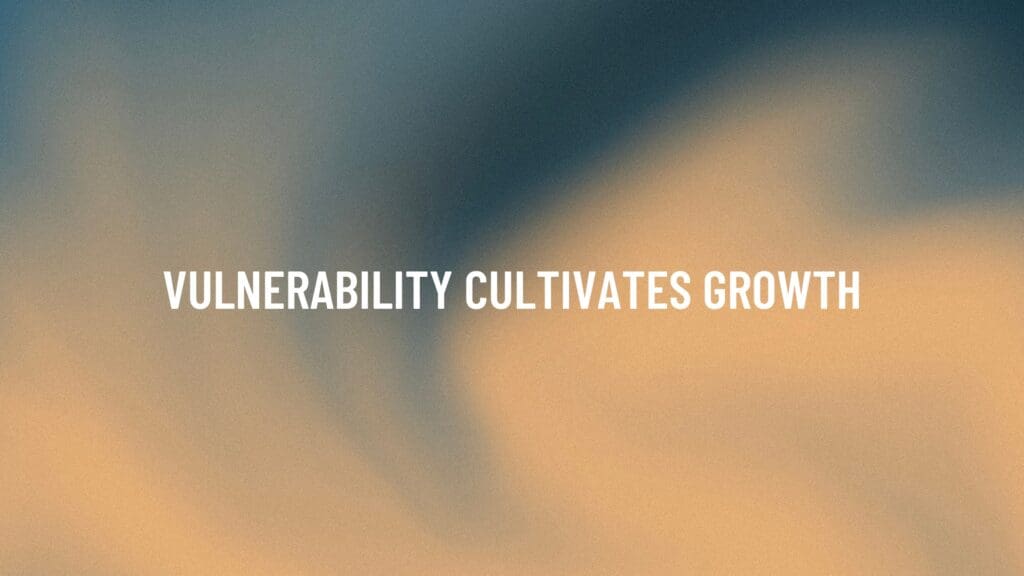
A Cultural Shift From People Managers To People Leaders
By Tyler Head
I frequently converse with leaders whose actions often indicate that leadership is just another role in their company. They believe that it’s a light switch that you flip on when you walk through a doorway, a tone of voice when you pitch a new project or idea, or even a higher-paying position. However, you and I both know that societal expectations are changing. The generation that makes up a large majority of the workforce and the generations coming are not interested in being managed. They want to be led.
By 2020, Millennials (those born between about 1980 and 2000) are forecast to comprise half of the American workforce, and by 2025, 75 percent of the global workforce. Companies including Ernst & Young and Accenture have already reported that Millennials make up over two-thirds of their entire employee base.
Inc Magazine, January 15, 2019
What does this mean?
As culture shifts, we must take on the challenge of learning how to better be with our people. As, leaders we have to remember that workplace culture is not built by being right, having a great vision, or talking at our people. It’s built as you, they and the organization learn how to grow together better. Growing together is about much more than simply getting results. It is about building a cohesive, highly functional, committed team. This is extremely vital when you lead and work with those people for 30-50 hours a week. As leaders, we must let go of focusing only on performance and take the great risk of developing relationships with those who are performing.
Take the great risk of developing relationships with those who are performing.
Consider how you can work these ideas into your practice as we make the shift from people managers to people leaders:
- Take 10-15 minutes every couple of weeksto simply ask how they are. As leaders, we are expected to ask our people about their progress on a project or things pertaining to work. However, they will be blown away if we ask them how they are and even more so as we learn to practice this simple act consistently.
“People don’t care how much you know until they know how much you care.”
Theodore Roosevelt
- Make it a point to honor and celebrate their wins. In our consistent action of asking them how they are, you will pick up on the little things in their life that they are excited about outside of work. These things play a significant role in how they show up and do their work. When we make a point to acknowledge an achievement big or small, this will communicate to them that you listen and are interested in not only in what they do but who they are.
- Provide opportunities for your employees to respond to changes, news, or a change in direction. As leaders, we may be excited and well equipped for it but often our employees are not. Modern neuroscience has pinpointed change and uncertainty as one of the primary drivers of a ‘threat response” in the brain. People, in general, struggle with change. Listening and supporting your employees in those situations can be a game-changer. Provide a couple of minutes to ask; how they feel about everything they just heard and If there is anything we can do to better support them.
As our leadership becomes less of a role and more of a way of being, big things happen. We aren’t managers but so much more. As leaders, we are decision-makers, visionaries, implementers, idea-builders, and most importantly, listeners and observers of those closest to us within our organizations.
At the DRYVE Leadership Group, we partner with companies as they shift from people managers to people leaders. Contact a Culture Coach at DRYVE Leadership Group today!
Are You The Wrong Bus?
Written by Randy Mayes Popularized by Jim Collins in his book Good to Great, the phrase “Get…
Why Is Trust So Important
Written by Randy Mayes | DRYVE Leadership Coach Why Trust Is So Important People do what they…
Shaping Your Organization
Written by Tyler Head | DRYVE Leadership Coach Shaping your Organization Three Questions that Will Shape Your…
Giving is the only way
Written by Brandon Welch | Frank & Maven “How to keep employees” It’s a phrase that was…
Transparency is worth it.
Written by Richard Ollis | Ollis, Akers & Arney Transparency is an interesting aspect of business that…
Vulnerability Cultivates Growth
Vulnerability requires practice. Endurance Training is much less about repetition (doing it exactly the same) and much…
What did you expect?
One of the popular sayings I heard early in my management career was “people don’t do what…
Do you celebrate?
Imagine how your culture would shift if you put as much energy into celebrating your team’s achievements…
If you fail to plan, you are planning to fail.
“…we used to experience disruptions followed by periods of stability, change now is increasingly perpetual, pervasive, and…










